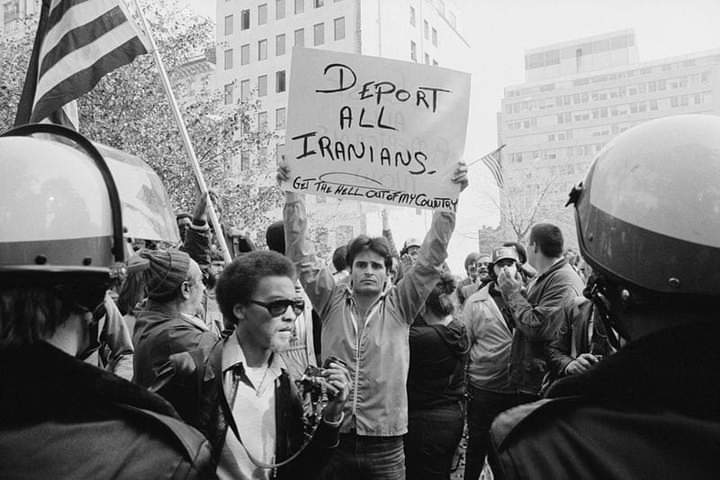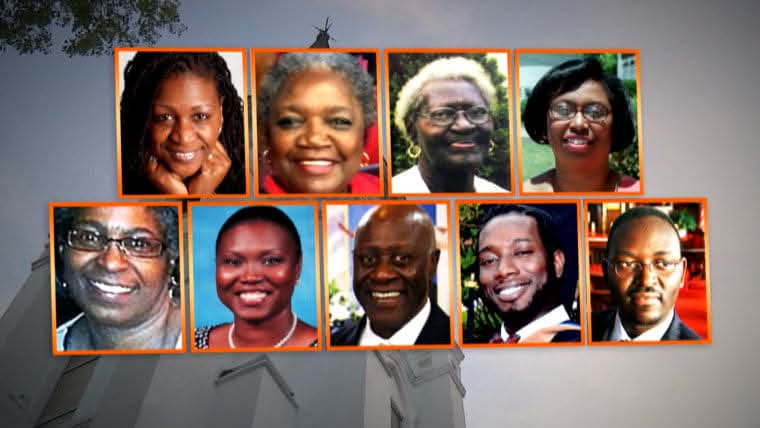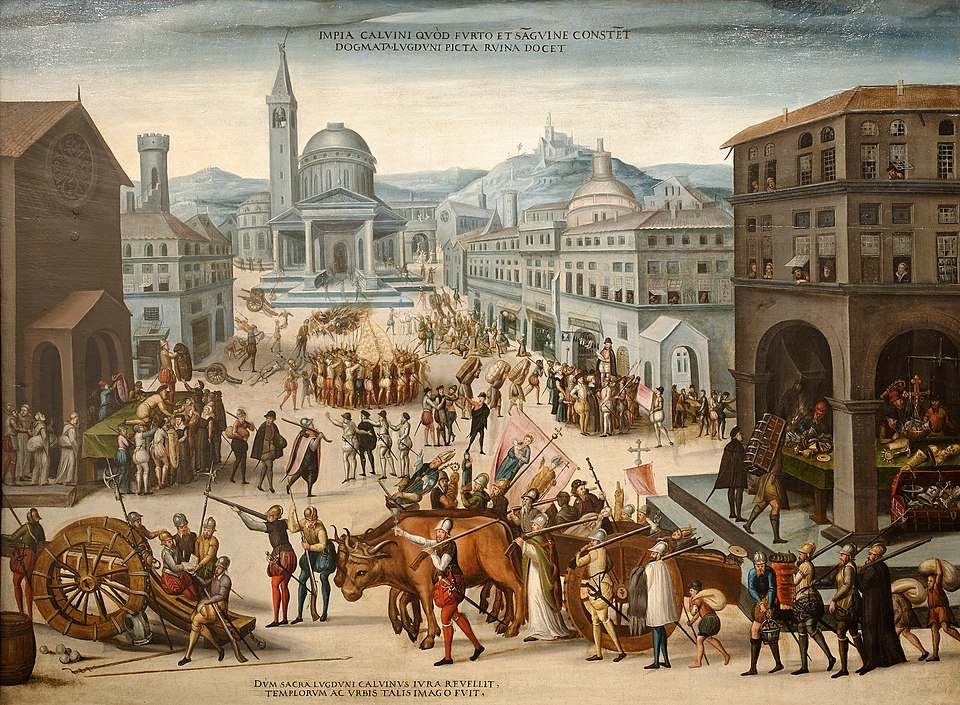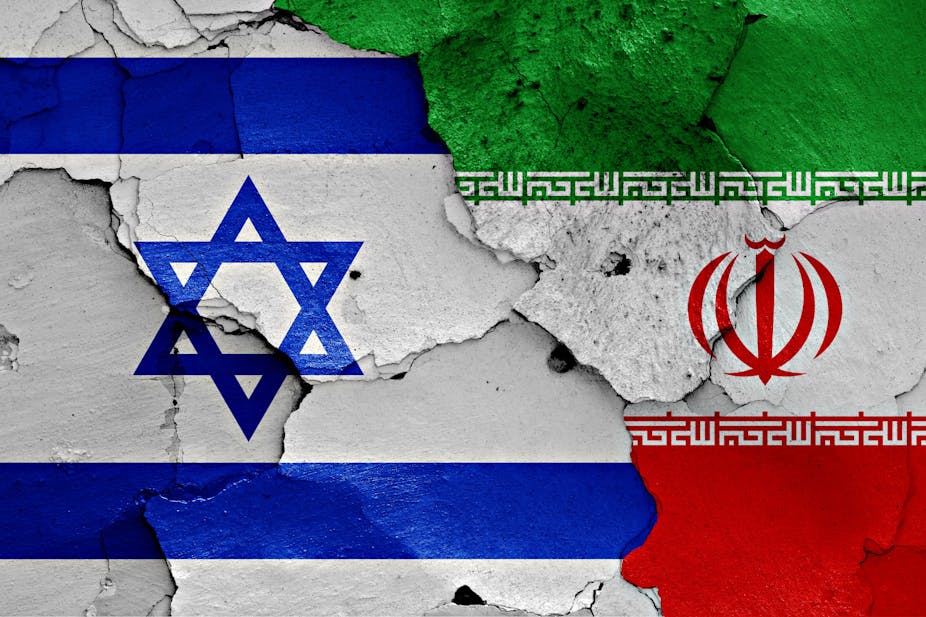IRAN VS US: The 444 Days Iranian Hostage Crisis

Did you know that the Iranian hostage crisis, which is one of the longest hostage situation, led to the death of one Iranian civilian and the accidental deaths of eight American servicemen during a failed rescue mission by the United States?
A group of militarized Iranian college students belonging to the Muslim Student Followers of the Imam's Line, who supported the Iranian Revolution, on November 4, 1979, took over the United States Embassy in Tehran and took 52 U.S. diplomats and citizens as hostages, and held them for 444 days, before being released on January 20, 1981 after a diplomatic standoff.
In Iran, it was widely seen as an act against the U.S. and its influence in Iran, including its perceived attempts to undermine the Iranian Revolution and its longstanding support of the shah of Iran, Mohammad Reza Pahlavi, who was overthrown in 1979. After Shah Pahlavi was overthrown, he was granted asylum and admitted to the U.S. for cancer treatment. The new Iranian regime demanded his return in order to stand trial for the crimes he was accused of committing against Iranians during his rule through his secret police. These demands were rejected, which Iran saw as U.S. complicity in those abuses.
The hostage-takers, declaring their solidarity with other "oppressed minorities" and declaring their respect for "the special place of women in Islam," released one woman and two African Americans on November 19. Before release, these hostages were required by their captors to hold a press conference in which Kathy Gross and William Quarles praised the revolution's aims, but four further women and six African-Americans were released the following day.
According to the then U.S. Ambassador to Lebanon, John Gunther Dean, the 13 hostages were released with the assistance of the Palestine Liberation Organization, after Yassir Arafat and Abu Jihad personally traveled to Tehran to secure a concession. The only African-American hostage not released that month was Charles A. Jones Jr. One more hostage, a white man named Richard Queen, was released in July 1980 after he became seriously ill with what was later diagnosed as multiple sclerosis. The remaining 52 hostages were held until January 1981, up to 444 days of captivity.
The crisis reached a climax in early 1980 after diplomatic negotiations failed to win the release of the hostages. Carter ordered the U.S. military to attempt a rescue mission – Operation Eagle Claw – using warships that included USS Nimitz and USS Coral Sea, which were patrolling the waters near Iran. The failed attempt on April 24, 1980, resulted in the death of one Iranian civilian and the accidental deaths of eight American servicemen after one of the helicopters crashed into a transport aircraft. U.S. Secretary of State Cyrus Vance resigned his position following the failure.
The hostages were initially held at the embassy, but after the takers took the cue from the failed rescue mission, the detainees were scattered around Iran in order to make a single rescue attempt impossible. Three high-level officials – Bruce Laingen, Victor L. Tomseth, and Mike Howland – were at the Foreign Ministry at the time of the takeover. They stayed there for several months, sleeping in the ministry's formal dining room and washing their socks and underwear in the bathroom. At first, they were treated as diplomats, but after the provisional government fell, the treatment of them deteriorated. By March, the doors to their living space were kept "chained and padlocked."
By midsummer 1980, the Iranians had moved the hostages to prisons in Tehran to prevent escapes or rescue attempts and to improve the logistics of guard shifts and food deliveries. The final holding area, from November 1980 until their release, was the Teymur Bakhtiar mansion in Tehran, where the hostages were finally given tubs, showers, and hot and cold running water. Several foreign diplomats and ambassadors – including the former Canadian ambassador Ken Taylor – visited the hostages over the course of the crisis and relayed information back to the U.S. government, including dispatches from Laingen.
Iranian propaganda stated that the hostages were "guests" and it also stated that they were being treated with respect. Asgharzadeh, the leader of the students, described the original plan as a nonviolent and symbolic action in which the students would use their "gentle and respectful treatment" of the hostages to dramatize the offended sovereignty and dignity of Iran to the entire world. In America, an Iranian chargé d'affaires, Ali Agha, stormed out of a meeting with an American official, exclaiming: "We are not mistreating the hostages. They are being very well taken care of in Tehran. They are our guests."
The actual treatment of the hostages was far different. They described beatings, theft, and fear of bodily harm. Two of them, William Belk and Kathryn Koob, recalled being paraded blindfolded before an angry, chanting crowd outside the embassy. Others reported having their hands bound "day and night" for days or even weeks, long periods of solitary confinement, and months of being forbidden to speak to one another or to stand, walk, or leave their space unless they were going to the bathroom. All of the hostages "were threatened repeatedly with execution, and took it seriously." The hostage-takers also played Russian roulette with their victims.
One hostage, Michael Metrinko, was kept in solitary confinement for several months. On two occasions, when he expressed his opinion of Ayatollah Khomeini, he was severely punished. The first time, he was kept in handcuffs for two weeks, and the second time, he was beaten and kept alone in a freezing cell for two weeks.
Another hostage, U.S. Army medic Donald Hohman, went on a hunger strike for several weeks, and two hostages attempted suicide. Steve Lauterbach broke a water glass and slashed his wrists after being locked in a dark basement room with his hands tightly bound. He was found and rushed to the hospital by guards. Jerry Miele, a CIA communications technician, smashed his head into the corner of a door, knocking himself unconscious and cutting a deep gash. "Naturally withdrawn" and looking "ill, old, tired, and vulnerable," Miele had become the butt of his guards' jokes, and they had rigged up a mock electric chair to emphasize the fate that awaited him. His fellow hostages applied first aid and raised the alarm, and he was taken to a hospital after a long delay which was caused by the guards.
Other hostages described threats to boil their feet in oil (Alan B. Golacinski), cut their eyes out (Rick Kupke), or kidnap and kill a disabled son in America and "start sending pieces of him to your wife" (David Roeder). Four hostages tried to escape, and all of them were punished with stretches of solitary confinement when their escape attempts were discovered.
Queen, the hostage who was sent home because of his multiple sclerosis, first developed dizziness and numbness in his left arm six months before his release. At first, the Iranians misdiagnosed his symptoms as a reaction to drafts of cold air. When warmer confinement did not help, he was told that it was "nothing" because the symptoms would disappear soon. Over the months, the numbness spread to his right side, and the dizziness worsened until he "was literally flat on his back, unable to move without growing dizzy and throwing up."
The cruelty of the Iranian prison guards became "a form of slow torture." The guards often withheld mail – telling one hostage, Charles W. Scott, "I don't see anything for you, Mr. Scott. Are you sure your wife has not found another man?" – and the hostages' possessions went missing.
The Shah's admission to the United States intensified Iranian revolutionaries' anti-Americanism and spawned rumors of another U.S.–backed coup that would re-install him. Khomeini, who had been exiled by the shah for 15 years, heightened the rhetoric against the "Great Satan", as he called the U.S, talking of "evidence of American plotting." In addition to ending what they believed was American sabotage of the revolution, the hostage takers hoped to depose the provisional revolutionary government of Prime Minister Mehdi Bazargan, which they believed was plotting to normalize relations with the U.S. and extinguish Islamic revolutionary order in Iran. The occupation of the embassy on November 4, 1979, was also intended as leverage to demand the return of the Shah to stand trial in Iran in exchange for the hostages.
In September 1980, Iraq invaded Iran, beginning the Iran–Iraq War. These events led the Iranian government to enter negotiations with the U.S., with Algeria acting as a mediator. The crisis is considered a pivotal episode in the history of Iran–United States relations.
As the hostages were taken to the aircraft that would fly them out of Tehran, they were led through a gauntlet of students forming parallel lines and shouting, "Marg bar Amrika" ("death to America"). When the pilot announced that they were out of Iran, the "freed hostages went wild with happiness. Shouting, cheering, crying, clapping, falling into one another's arms."
SOURCE:
https://en.m.wikipedia.org/wiki/Iran_hostage_crisis
#penglobalhistory #hostage



